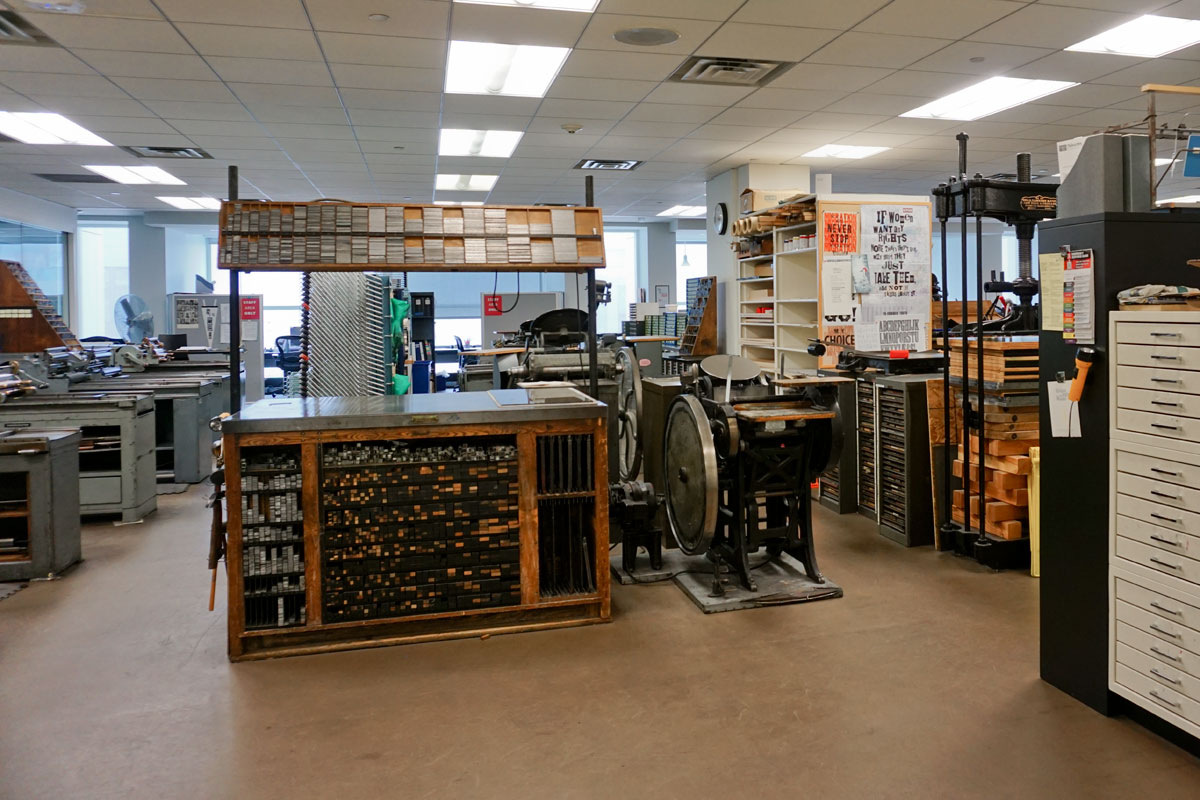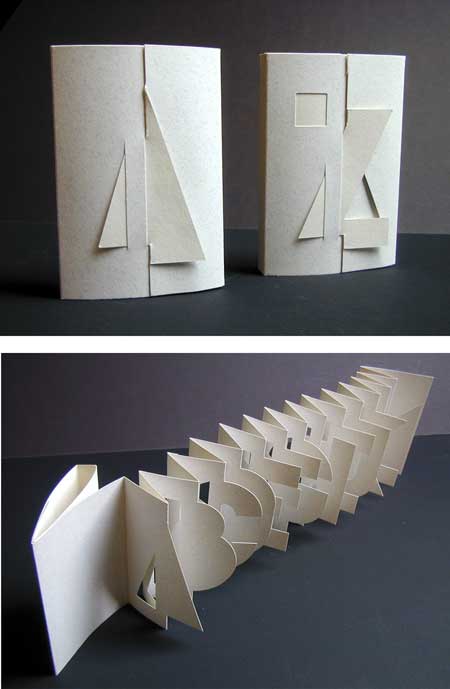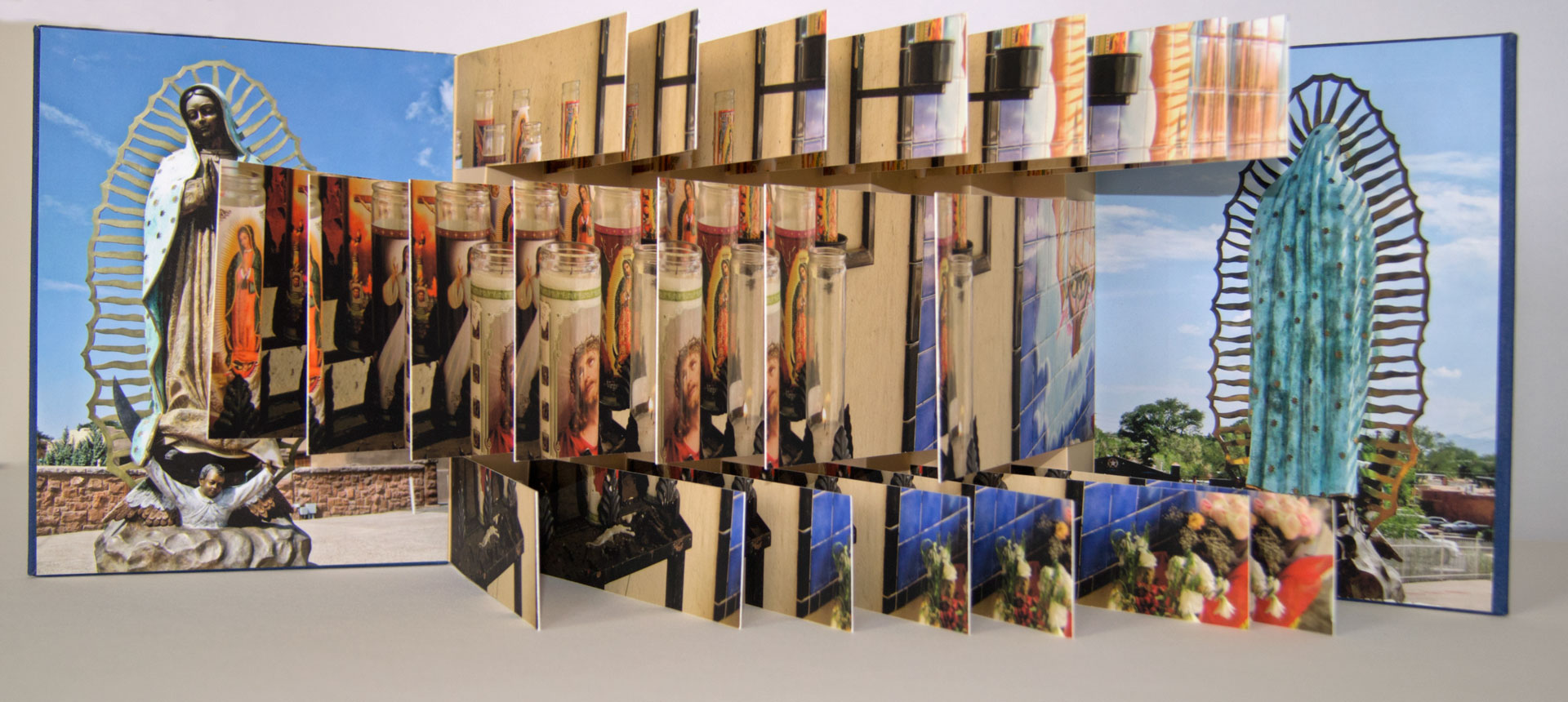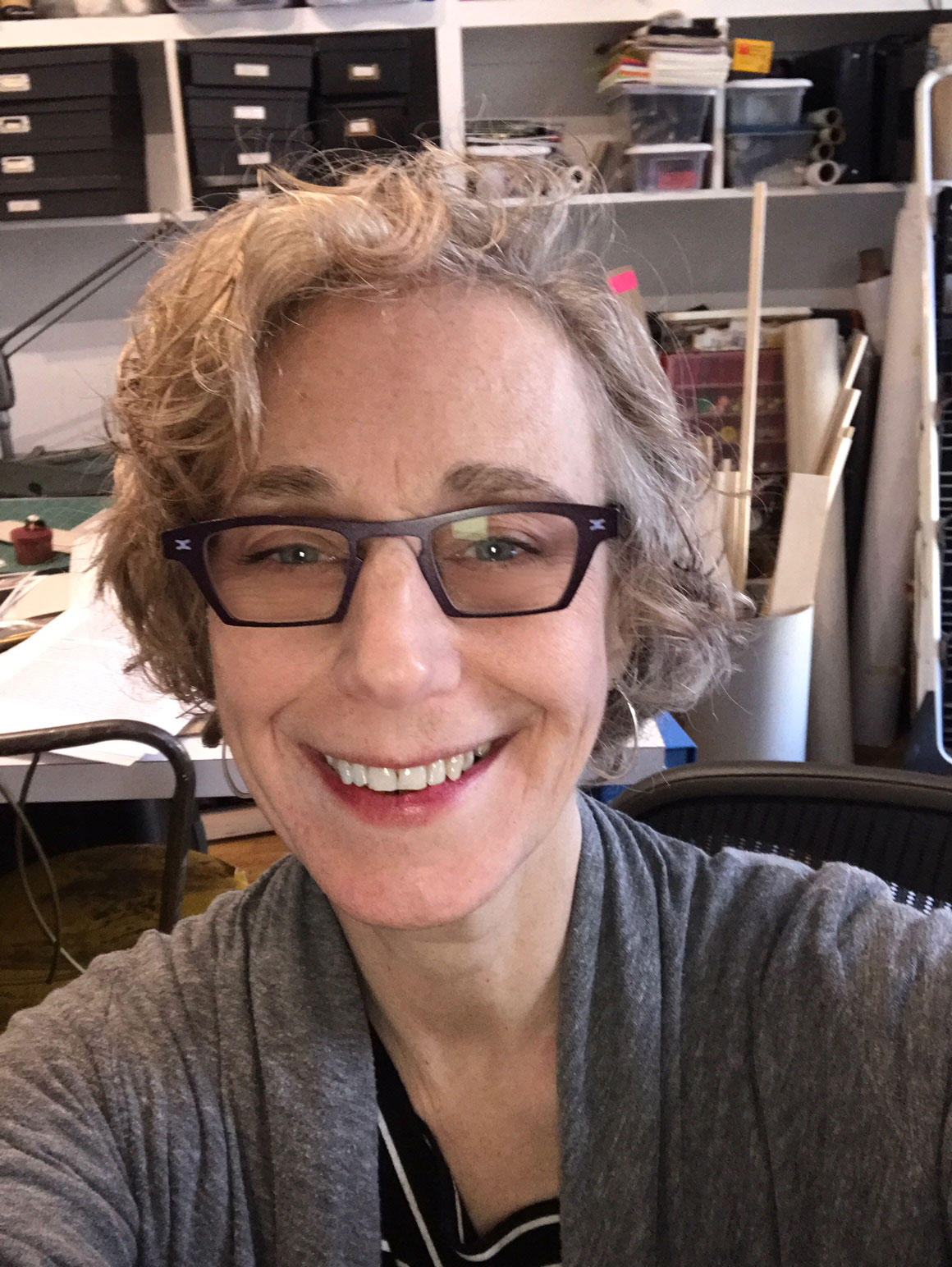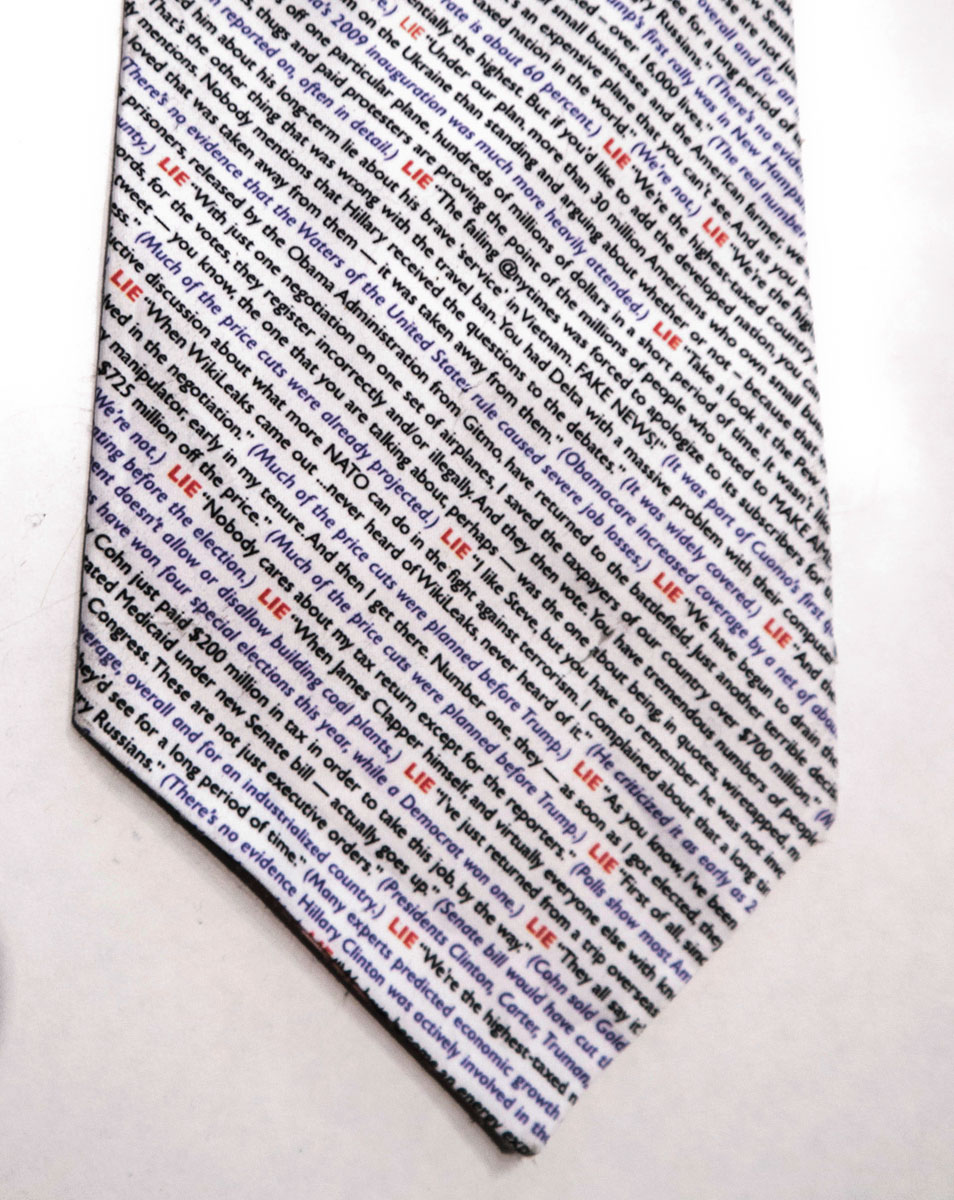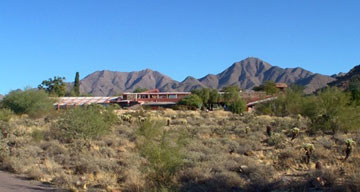Last week, in Boise, I picked up from Unbound the 3D printed pieces of the houses incorporated in my book Finding Home. Unbound is a library and facility that experiment with emerging technology. I'm enjoying the sound of my printer as I print two copies of the pages of my book.
© 2018 Louise Levergneux, Finding Home house pieces
It was a pleasure being back in Salt Lake City after a year of traveling, even though more time was spent with doctors, chiropractors, and my physiotherapist. I appreciated a visit to the J. Willard Marriott Library the main academic library of the University of Utah this week.
© 2018 Louise Levergneux, entrance to the J Willard Marriott Library
The Book Arts Program has a fully equipped studio where artists utilize type, letterpress, photo engravings and bookbinding equipment as they combine traditional techniques with modern aesthetics and technology.
© 2018 Louise Levergneux, the book arts studio as one walk through the door
The Program promotes involvement with the art of the book by facilitating Academic designations of Minor, a Certificate in Book Arts, and the MFA in Creative Writing & Book Arts, which are supported by classes exploring letterpress printing, bookbinding, artists' books and typography.
© 2018 Louise Levergneux, Chris McAfee in the book arts classroom, getting ready for a workshop on conservation
At this time of year, the Special Collection Gallery found on the fourth floor at the entrance of the Book Arts Studio is filled with student's work in book arts.
© 2018 Louise Levergneux, Special Collections Gallery
© 2018 Louise Levergneux, exhibitionon of students work
For you lovers of ABC books, I found one in the exhibition entitled Animal Alphabet. This artists’ book is an alternative take on a traditional abecedarian book that exposes the cruelty that animals experience every day and calls the reader to action by Sydney Porter.
© 2018 Louise Levergneux, Sydney Porter, Animal Alphabet
© 2018 Louise Levergneux, Sydney Porter, Animal Alphabet
More books caught my attention:
© 2018 Louise Levergneux, Box Sonata: at play with Plato, Quasha, and Chronostratigraphy by Mahala Kephart
© 2018 Louise Levergneux, Tatiana Tyszko, Places I’ve Fallen In Love
© 2018 Louise Levergneux, another fascinating book by Hannah Harper Hansen entitled Book 3
I have taken many workshops and a full semester class on book arts with the Book Arts Program while living in Salt Lake City a few years ago. The next workshop, The Book Restructured: Wire-Edge Binding with Daniel E. Kelm is at the beginning of June. With my hectic schedule Eastbound, I will miss this wonderful workshop. Pretty shitty! But that is life!
Next week, I will have a look at some of the people in charge of the Book Arts Program and next year with no injuries to heal I will plan in advance to participate in a workshop.



